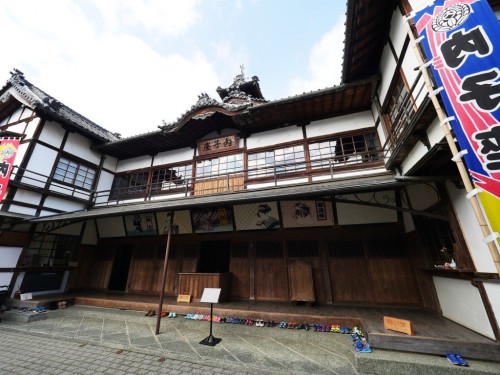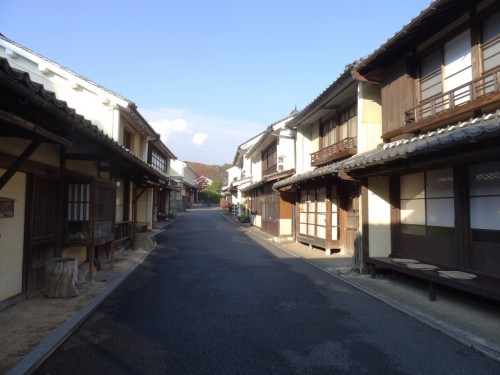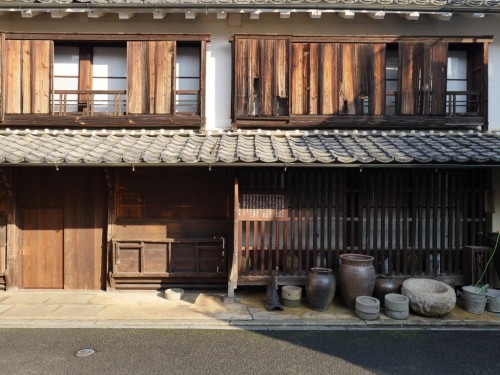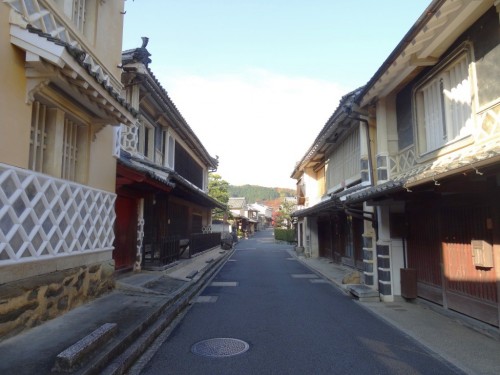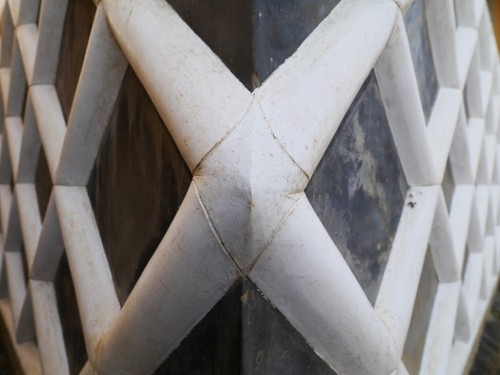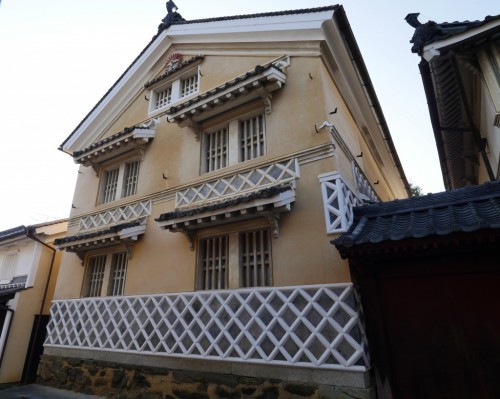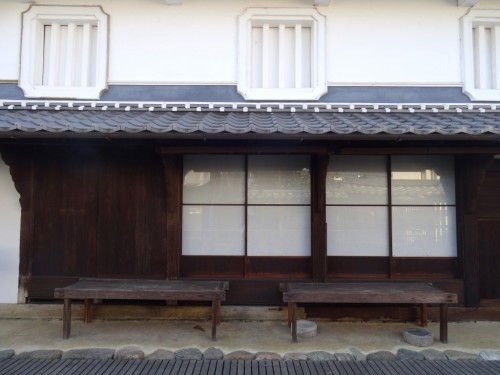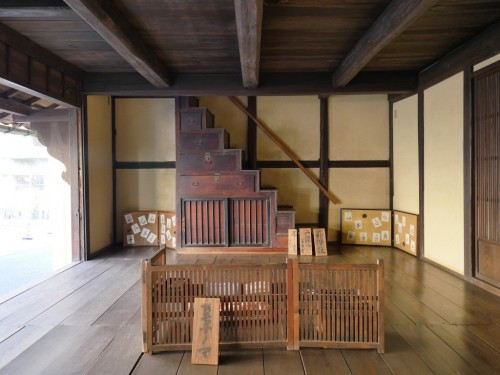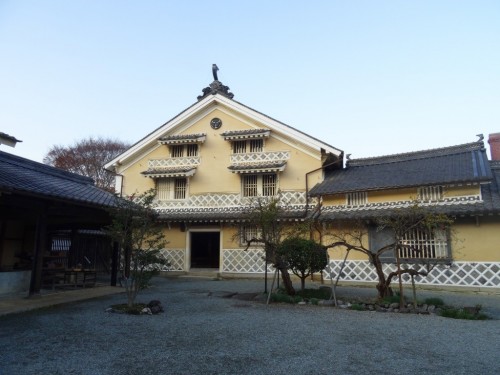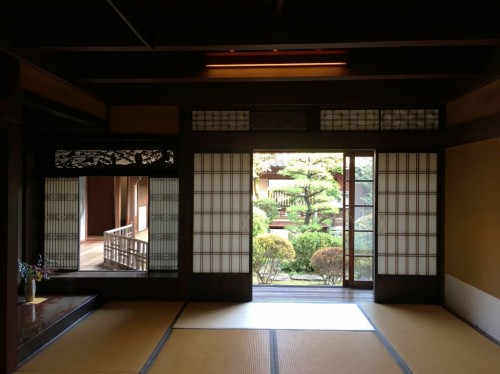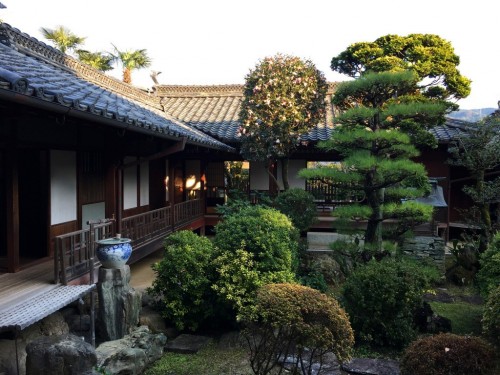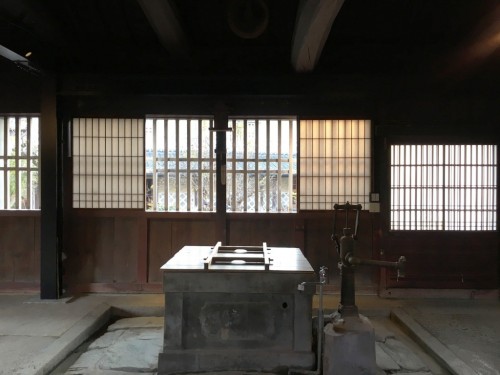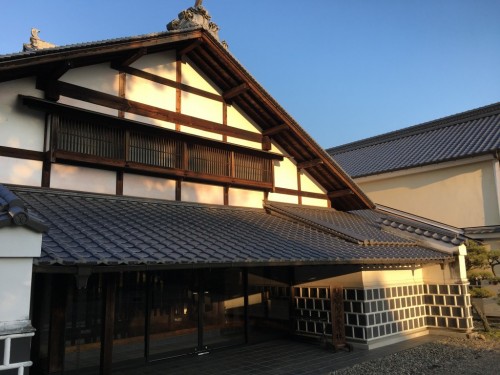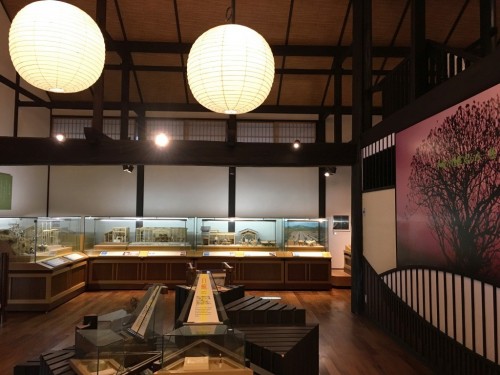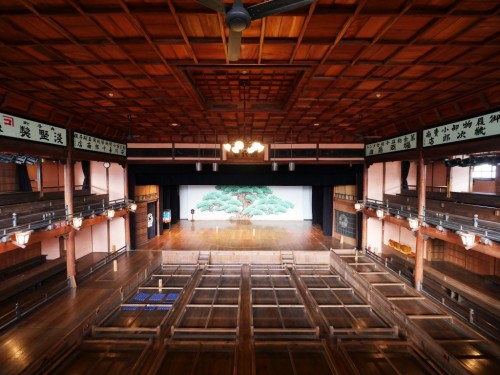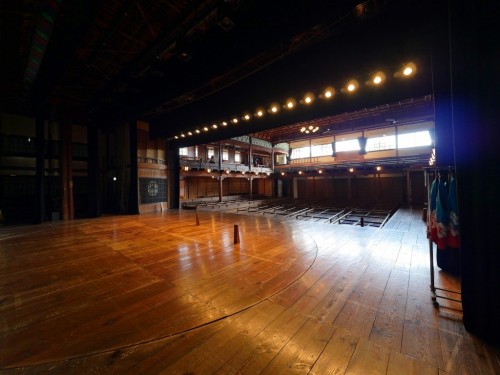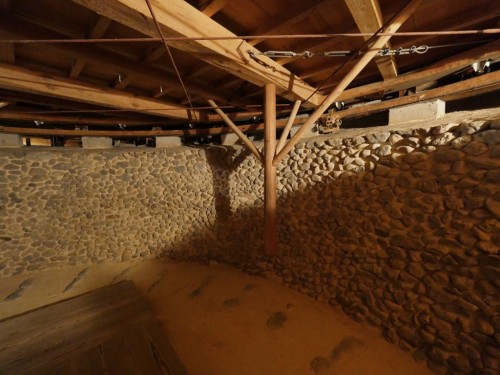Sponsored by Uchiko Town
Shikoku Island is undoubtedly famous for its pilgrimage of 88 temples, but Ehime Prefecture also attracts visiters with its capital, Matsuyama, and vast array of 27 temples. If that wasn’t enough, we can also discover authentic small towns nestled in rural valleys. One of them, Uchiko offers a beautiful and perfectly preserved historic district. Follow us back to the Meji Period and delve deep into the soul of Japan’s history.
A Prosperous City Thanks to the Production of Wax
Uchiko’s heritage is deeply linked to its industrial history. In the nineteenth century, Uchiko was known throughout Japan and abroad for the quality of its vegetable wax, which was used especially for the manufacture of candles. The rich merchants have thus built sumptuous homes that have been preserved. Today, one can contemplate this exceptional cultural heritage in Yokaichi Historical District, notably thanks to its classification in 1982 as a “significant preservation area for a group of historic buildings”. Residents and local associations are also actively involved in preserving their heritage.
When you arrive at the station, you can get a tourist map of the city in English. Around the sightseeing spots on the map, there are also explanatory panels in Japanese that can easily be translated into English by using the QR Code. Simply scan it with your mobile phone.
The Historic District: Yokaichi
Only a 10-minute walk from the train station, the Yokaichi Historical District gathers 90 buildings along a 600-meter street. The street is very lively with many cafes and shops. You can discover several characteristic elements of architecture from the Meiji Period (1868-1912) such as namako style walls with hexagonal patterns as well as claustras koshi wooden cleats.
The locals are still living in most of these historic homes, with only a few residences open to the public. In particular, you can freely enter the garden of the Honhaga residence, the largest merchant family of Uchiko, to admire its richly decorated façade (1889). Next to that, the Omura Residence is one of the oldest buildings in Uchiko, built during the Kansei Period (1789-1801). You can also visit a traditional merchant house, ‘machiya’ in Japanese, from the Edo Period (free access from 9:00 to 16:30).
The Kamihaga Residence and Wax Museum
Continue your visit with a trip to the residence and wax workshop of the influential Kamihaga merchant family. Each living room is organized around their beautiful Japanese garden. Obviously you have to take off your shoes to walk on the tatami mats. As we navigated the extravogant area, I could feel as though I were back in the Meiji era. Each room is perfectly preserved and furnished with the furniture of the time. We ended the visit with the huge kitchen (suijiba) which could accommodate up to 30 employees.
In one of the buildings at the bottom of the garden was a museum of Japanese wax. It had a wealth of information in English on the history of wax production in Uchiko and its many uses. It is necessary to differentiate the “crude” wax, ‘kiro’ in Japanese, used for the candles, from the white wax, ‘hakuro’ or ‘sarashiro’, used for the manufacture of various products including cosmetics and drugs. You can also see the stages in the manufacture of the wax in other buildings on the site. In the garden, do not miss your chance to observe the sumac trees whose berries are used for making the wax.
Useful Information :
- Opening hours: Daily from 9 am to 4:30 pm (annual closing from December 29th to January 2nd)
- Price: 500 yen
The Uchiko-za Theater
The wooden Uchiko-za theater was built in 1916 to hold Kabuki (Japanese classical theater) and Bunraku (puppet shows). Gradually, the number of performances declined and the building was about to be demolished. But thanks to the support of the inhabitants and various associations, the theater was able to reopen its doors in 1985 after a long renovation. There are 20 traditional theaters in Japan and today Uchiko-za is said to to receive audiences of around 650 people for every performance.
In your visit, you can discover the characteristic elements of a traditional Kabuki theater:
- Masuseki: The seated group in the box on the ground floor.
- Mawaributai: The pivoting platform in the center of the stage to change the sets, originally activated manually but today, set in motion
We can also access the scenes in the basement, nicknamed ‘naraku’, literally meaning the abyss, where we can observe the mechanisms of the pivoting scene and traps used for the staging of Kabuki theater.
If you have time, you can complete your visit to Uchiko with the Museum of Commerce and Domestic Life (entrance 200 yen).
Useful information :
Opening hours: Daily from 9 am to 4:30 pm (annual closing from December 29 to January 2 and during performances)
Price: 400 yen (children under 12 years: 200 yen)
Access
- Only 40 kilometers southwest of Matsuyama, Uchiko is easily accessible by train via JR Yosan Line. From Matsuyama, you can choose between the express train (25-minute ride) or the local train (55-minute ride). All of Uchiko’s attractions are within walking distance of the train station, and it takes around 10 minutes to walk to the historic district.
- By car, allow about 45 minutes from Matsuyama.


